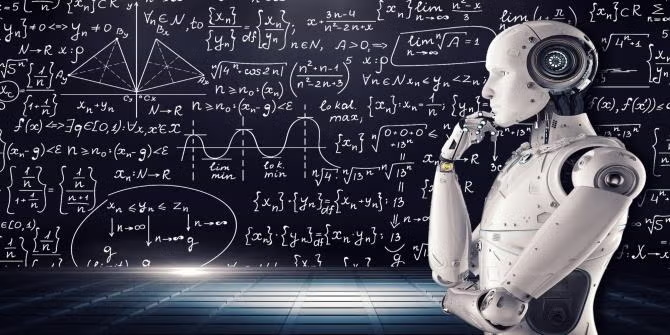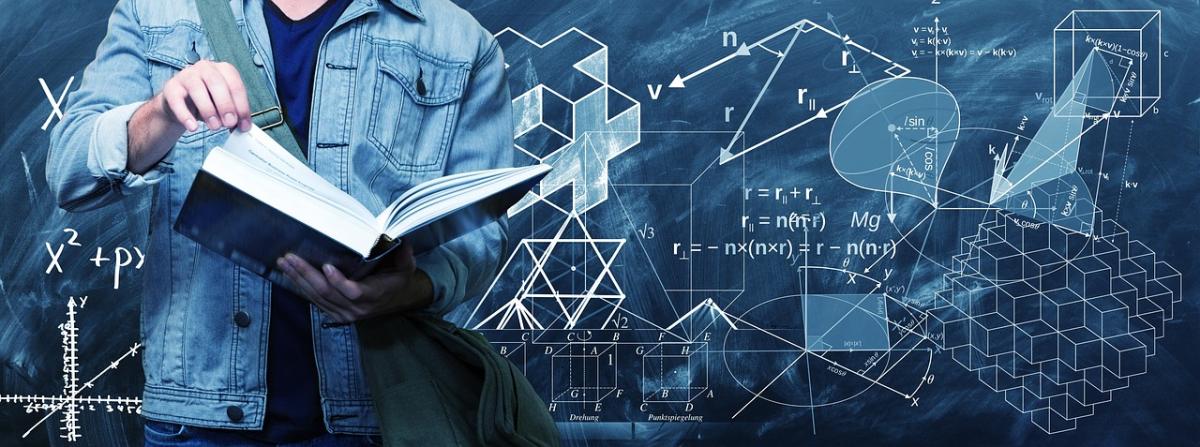
Modeling Eclipses
In this lesson, students will observe the geometry of lunar and solar eclipses by creating a physical, proportional model of the Earth and Moon system and observing shadows.
Lesson Plan Link/URL
https://docs.google.com/presentation/d/1rI-2yU-cG00H6oWvjJ8Nxxsd2CsduqnB/edit?u…Subject Area
Science Earth and Space Science E2: Earth & the Universe Engineering S4: Apply Science to Engineering Mathematics Measurement and Data (MD) Geometry (G) Ratio and Proportion (RP)Related Content

This lesson is designed for Day 3. Students use outside resources to modify and test helmet effectiveness with Pocketlab sensors. In this hands-on lesson, students will create a prototype and run

Students will use their knowledge of Newton's Laws of Motion to design and build a "ski jump" for a Sphero Bolt. This activity can be used for Science, Social Studies, Engineering, and (possibly)

This lesson utilizes a digital level to provide real-world applications of slope and angle measurements. Making connections to careers and practical applications enables students to answer that